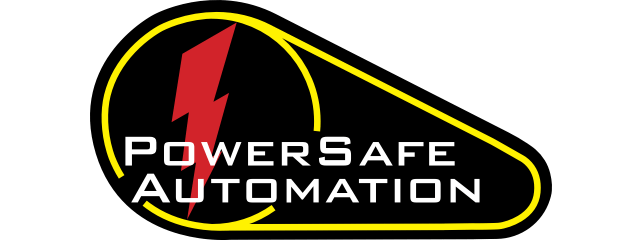FAQ
What are the most common OSHA violations in manufacturing workplaces?
The most common OSHA violations in manufacturing workplaces typically relate to unsafe practices that put workers at risk of injury or death. According to OSHA's annual reports and manufacturing industry data, the most frequent violations include:
-
Machine Guarding (29 CFR 1910.212) – Failing to provide proper guards on machines to protect operators from moving parts, nip points, and flying chips or sparks.
-
Lockout/Tagout (29 CFR 1910.147) – Inadequate procedures or training for controlling hazardous energy during machine maintenance or servicing.
-
Hazard Communication (29 CFR 1910.1200) – Failure to properly label chemicals, provide Safety Data Sheets (SDS), or train employees on chemical hazards.
-
Respiratory Protection (29 CFR 1910.134) – Missing or inadequate respiratory protection programs, fit testing, or medical evaluations for employees exposed to airborne contaminants.
-
Electrical – Wiring Methods (29 CFR 1910.305) – Improper use of flexible cords, damaged wiring, or unsafe electrical installations.
-
Personal Protective Equipment (PPE) (29 CFR 1910.132) – Lack of hazard assessments, missing PPE, or failure to train workers on proper PPE use.
-
Powered Industrial Trucks (29 CFR 1910.178) – Issues such as inadequate operator training, unsafe vehicle conditions, or failure to inspect forklifts regularly.
Regular audits, training programs, and a culture of safety awareness can help manufacturing facilities avoid these common OSHA violations and improve workplace safety.

